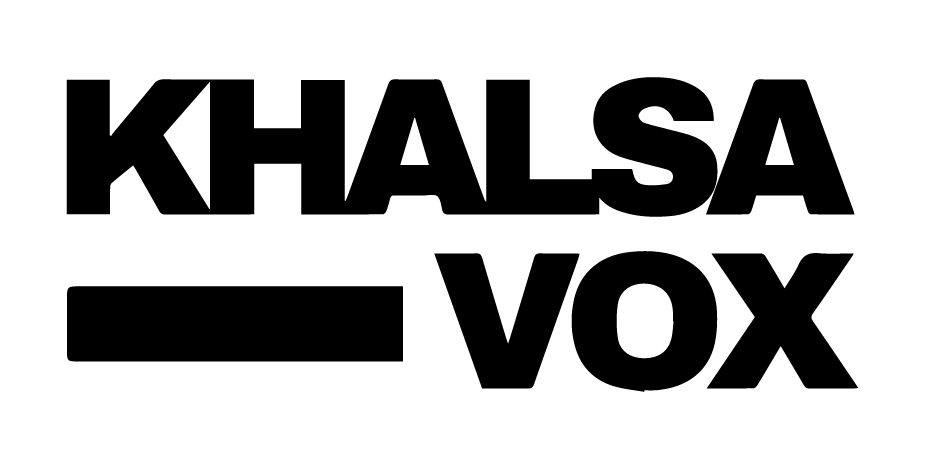AI Generated Summary
- As the state battles its dual crises of trafficking and addiction, the challenge now lies not just in stopping drug use — but in dismantling the networks that make Punjab the country’s narcotics gateway.
- Punjab also reported the highest number of drug overdose deaths in India for the second consecutive year, though the number declined from 144 deaths in 2022 to 89 in 2023.
- In a revealing new report by the National Crime Records Bureau (NCRB), Punjab has emerged as India’s leading state in drug trafficking, with more people found smuggling narcotics than consuming them.
In a revealing new report by the National Crime Records Bureau (NCRB), Punjab has emerged as India’s leading state in drug trafficking, with more people found smuggling narcotics than consuming them. The 2023 data underscores the state’s deepening crisis as a key hub in the country’s drug trade network.
Punjab: A Trafficking Hotspot
According to the report, Punjab recorded the nation’s highest rate of drug-smuggling cases — 25.3 per lakh population. In contrast, cases involving drug consumption stood at just 12.4 per lakh. The data points to a striking imbalance: the state’s narcotics problem is now driven more by trafficking than personal use.
Punjab also reported the highest number of drug overdose deaths in India for the second consecutive year, though the number declined from 144 deaths in 2022 to 89 in 2023. Madhya Pradesh (85) and Rajasthan (84) followed closely behind. Across the country, there were 654 drug overdose deaths last year.
Himachal Pradesh: The Emerging Trafficking Corridor
Neighboring Himachal Pradesh ranked second nationally in terms of drug-smuggling ratios, despite not being among the top 10 states in total cases. The state reported 2,146 cases under the Narcotic Drugs and Psychotropic Substances (NDPS) Act, including 547 related to consumption and 1,599 to trafficking. This translates to a trafficking rate of 21.3 per lakh — nearly three times the rate of consumption (7.3 per lakh).
Experts attribute this trend to Himachal’s strategic geography. Its borders with Punjab and Jammu make it a crucial transit route for narcotics entering India from across the border.
Southern States: Consumers, Not Couriers
While Punjab led in trafficking, southern states like Kerala and Maharashtra stood out for high rates of drug use rather than smuggling. Kerala recorded 30,697 NDPS cases — the highest in the country — but 28,015 of these were linked to consumption. Maharashtra showed a similar pattern, with 13,075 out of 15,610 cases involving users.
The figures suggest that while Punjab and Himachal serve as key supply corridors, Kerala and Maharashtra have emerged as significant drug markets.
Punjab’s Border Burden
Punjab’s international boundary with Pakistan has long been identified as a major route for narcotics entering India. Heroin from Afghanistan is frequently smuggled through Pakistan into Punjab before being distributed across the country.
The state’s reputation as a “drug hotspot” dates back to 2013, when it first topped NCRB charts for drug smuggling. The issue gained national attention through documentaries, investigative journalism, and films such as Udta Punjab, which depicted the grim social realities of addiction and trafficking. Over the years, the drug menace has become a defining issue in Punjab’s political discourse.
Police Accountability and Other Trends
The NCRB data also highlighted Punjab’s poor record in holding police officials accountable for criminal escapes. Seven FIRs were lodged against police personnel and eight officers arrested, but none were charge-sheeted. In comparison, Uttar Pradesh filed six FIRs against 19 officers — all charge-sheeted — while Gujarat and Rajasthan showed similar accountability.
Amid these troubling figures, there was a silver lining in the state’s agriculture sector. Punjab saw a 40% decline in farm suicides over four years, with 174 cases reported in 2023 — comprising 141 cultivators and 33 farm labourers.
A Persistent Crisis
The latest NCRB data underscores that while efforts to combat addiction continue, Punjab’s role as a key node in India’s drug supply chain remains entrenched. As the state battles its dual crises of trafficking and addiction, the challenge now lies not just in stopping drug use — but in dismantling the networks that make Punjab the country’s narcotics gateway.




